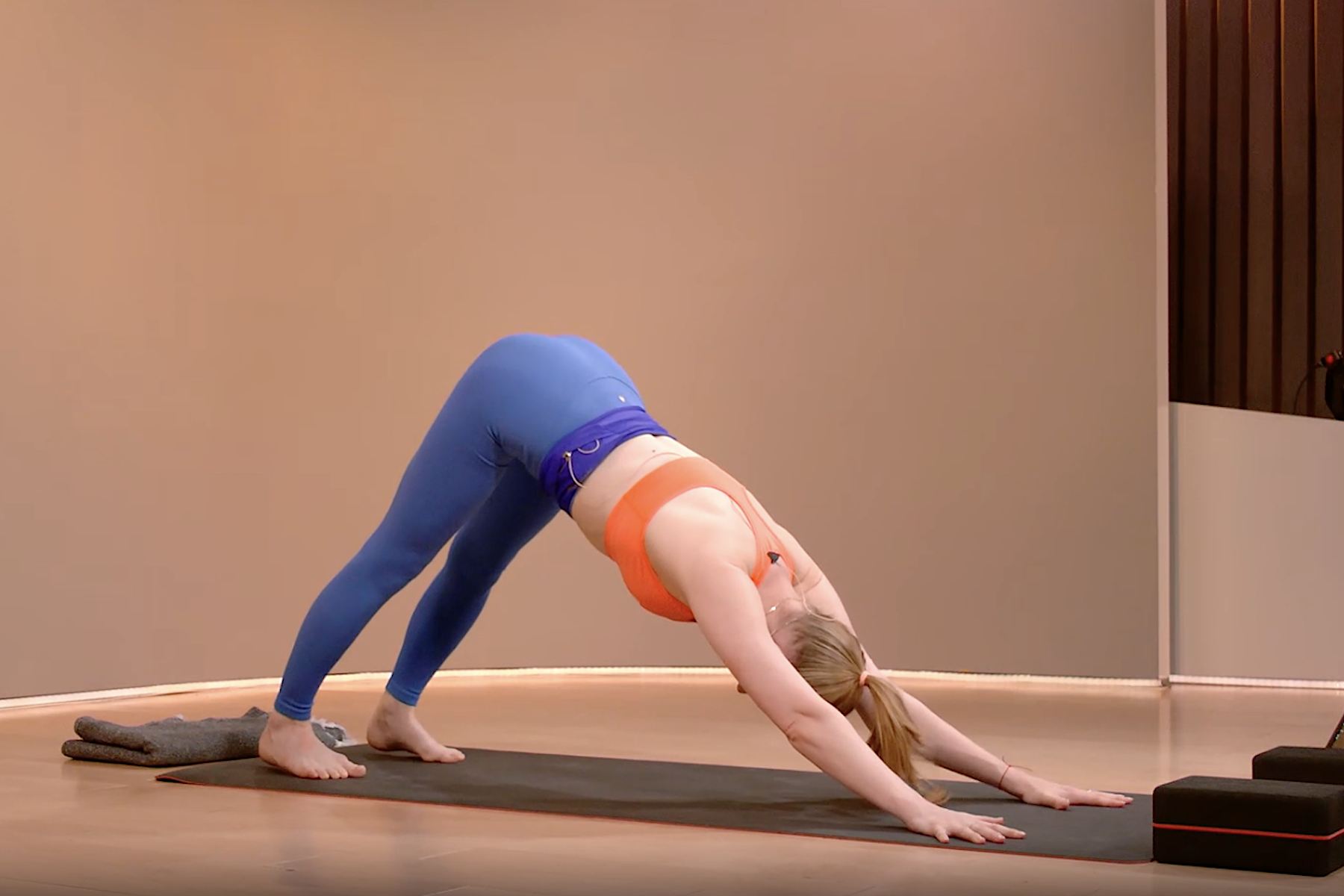Slow Flow Yoga: A Gentle Path to Mindfulness
In the bustling pace of modern life, finding a practice that fosters mindfulness, flexibility, and relaxation is essential. Slow Flow Yoga, a tranquil and deliberate form of yoga, offers an ideal solution. This practice emphasizes gradual, flowing movements, deep breathing, and mental presence, creating a harmonious balance between body and mind. Slow Flow Yoga is suitable for individuals of all fitness levels and helps to cultivate inner peace, enhance flexibility, and promote overall well-being. Consequently, this article delves into the nuances of Slow Flow Yoga, its benefits, fundamental techniques, and tips for getting started. Therefore, by understanding Slow Flow Yoga, you can embark on a journey towards a more mindful and flexible self.
What is Slow Flow Yoga?
Slow Flow Yoga, also known as slow vinyasa or gentle flow yoga, is a sub-style of vinyasa yoga. Slow Flow Yoga combines the elements of traditional vinyasa yoga with a slower, more deliberate pace. Unlike the dynamic and fast-paced sequences often found in traditional vinyasa, Slow Flow Yoga emphasizes mindful transitions and extended holds. This approach allows practitioners to focus on alignment, breath, and the subtle sensations within each posture. The deliberate nature of Slow Flow Yoga fosters a deep connection between body and mind, making it an accessible and nurturing practice for all. Therefore, understanding the essence of Slow Flow Yoga is the first step towards incorporating it into your routine.
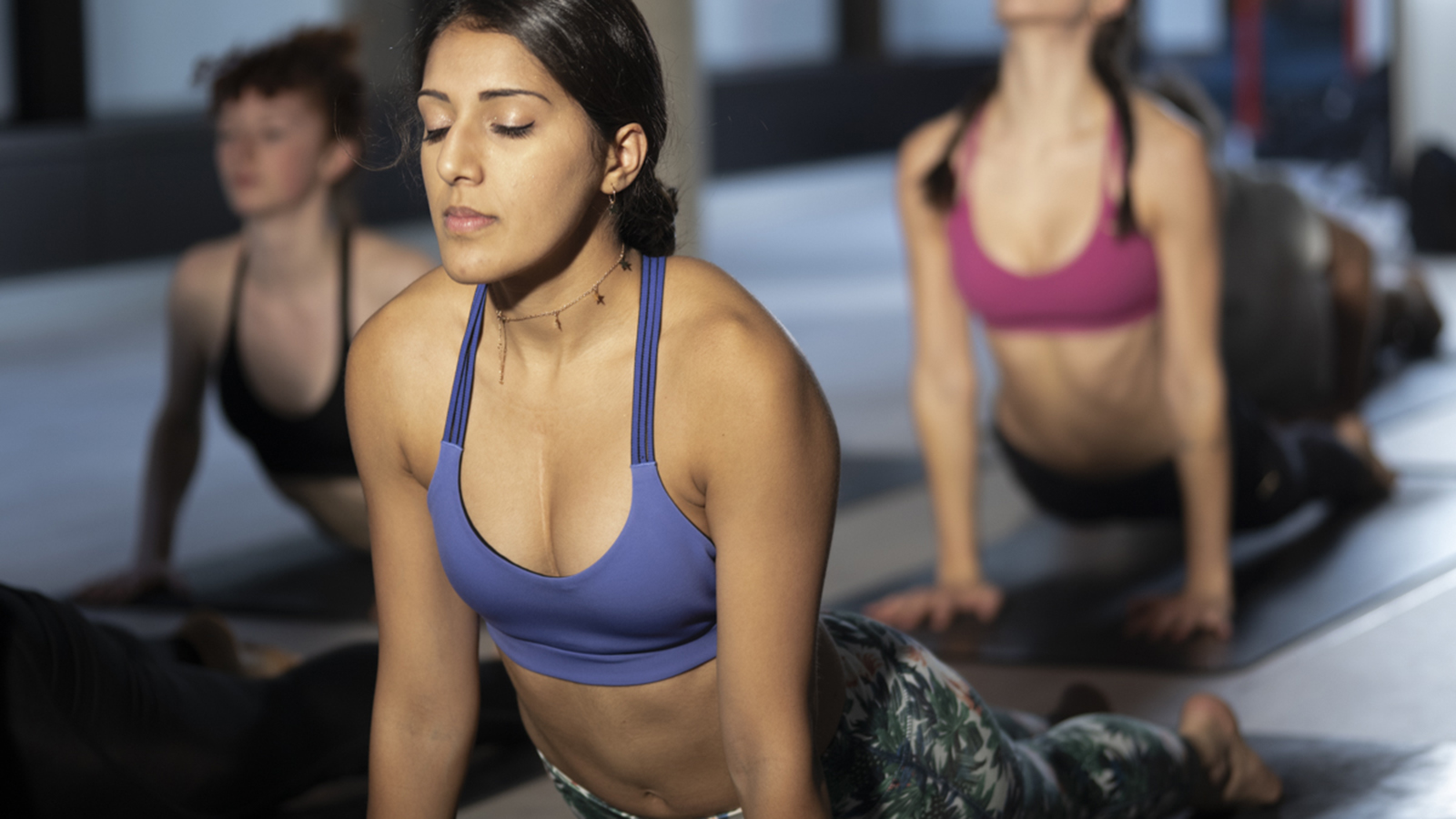
Origins and Philosophy
The origins of Slow Flow Yoga can be traced back to the broader context of vinyasa yoga, which itself is rooted in Hatha yoga. Vinyasa, meaning “to place in a special way,” emphasizes the harmonious connection between movement and breath. Slow Flow Yoga, as a variation, emerged to address the need for a more accessible and gentle practice. The philosophy behind Slow Flow Yoga centers around mindfulness, intentional movement, and the cultivation of inner tranquility. By slowing down the pace, practitioners can delve deeper into the subtleties of each pose and experience the present moment fully. Therefore, the origins and philosophy of Slow Flow Yoga highlight its unique and mindful approach.
Focus on Breath and Mindfulness
A cornerstone of Slow Flow Yoga is the emphasis on breath and mindfulness. Each movement is synchronized with the breath, creating a rhythmic and meditative flow. Practitioners are encouraged to tune into their breath, using it as a guide to move through the postures with grace and intention. This connection between breath and movement fosters a state of mindfulness, allowing individuals to become fully present in their practice. Mindfulness in Slow Flow Yoga extends beyond the physical postures, nurturing a sense of awareness and calm that can be carried into daily life. Therefore, the focus on breath and mindfulness is central to the practice of Slow Flow Yoga.
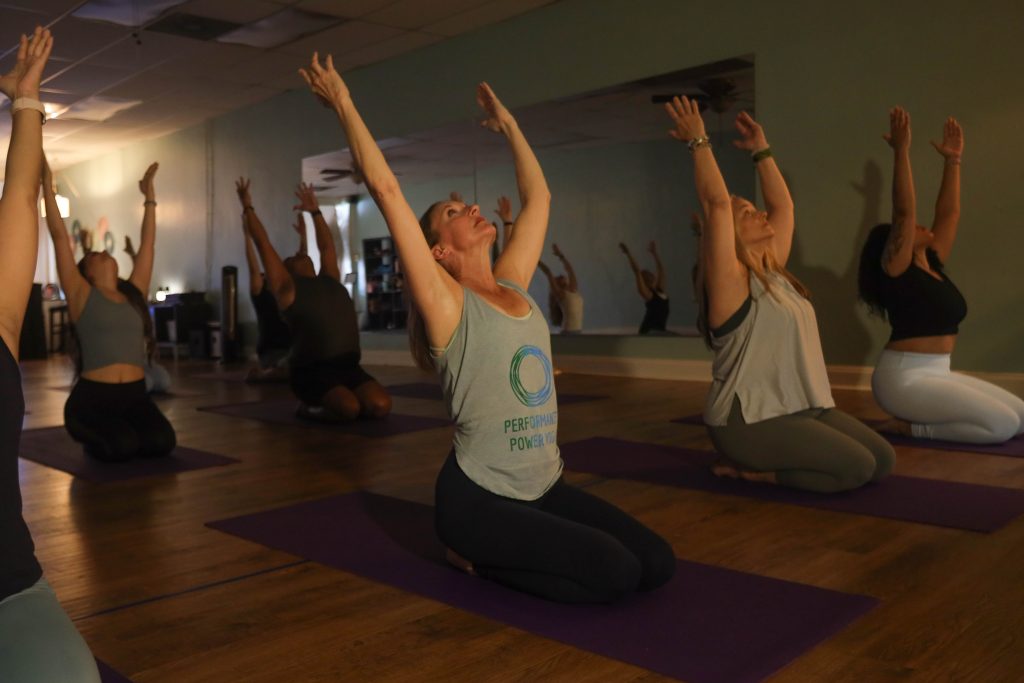
Benefits of Slow Flow Yoga
Slow Flow Yoga offers a myriad of benefits that extend beyond the physical realm. Understanding these benefits can motivate you to incorporate this gentle practice into your routine, enhancing your overall well-being. Therefore, exploring the benefits of Slow Flow Yoga is essential for appreciating its holistic impact.
Enhanced Flexibility and Strength
One of the primary benefits of Slow Flow Yoga is the enhancement of flexibility and strength. The deliberate pace and extended holds in each posture provide an opportunity to deeply stretch muscles and improve range of motion. This increased flexibility can alleviate stiffness and reduce the risk of injuries. Additionally, the weight-bearing nature of certain postures helps to build muscle strength and endurance. Slow Flow Yoga engages various muscle groups, promoting balanced and functional strength. By enhancing both flexibility and strength, Slow Flow Yoga supports overall physical fitness and resilience. Therefore, the practice offers significant benefits for flexibility and strength.
Stress Reduction and Relaxation
Another critical benefit of Slow Flow Yoga is its ability to reduce stress and promote relaxation. The mindful and meditative nature of the practice encourages a state of calm and mental clarity. Focusing on the breath and intentional movement activates the parasympathetic nervous system, which is responsible for the body’s rest and digest functions. This activation counteracts the stress response, reducing cortisol levels and alleviating anxiety. The gentle flow of postures provides a soothing and grounding experience, helping to release tension and promote relaxation. Therefore, Slow Flow Yoga is an effective practice for managing stress and enhancing overall mental well-being.
Fundamental Techniques and Poses
Learning the fundamental techniques and poses of Slow Flow Yoga is essential for a safe and effective practice. These foundational elements provide the building blocks for a mindful and enriching experience. Therefore, exploring the fundamental techniques and poses is crucial for beginners and seasoned practitioners alike.
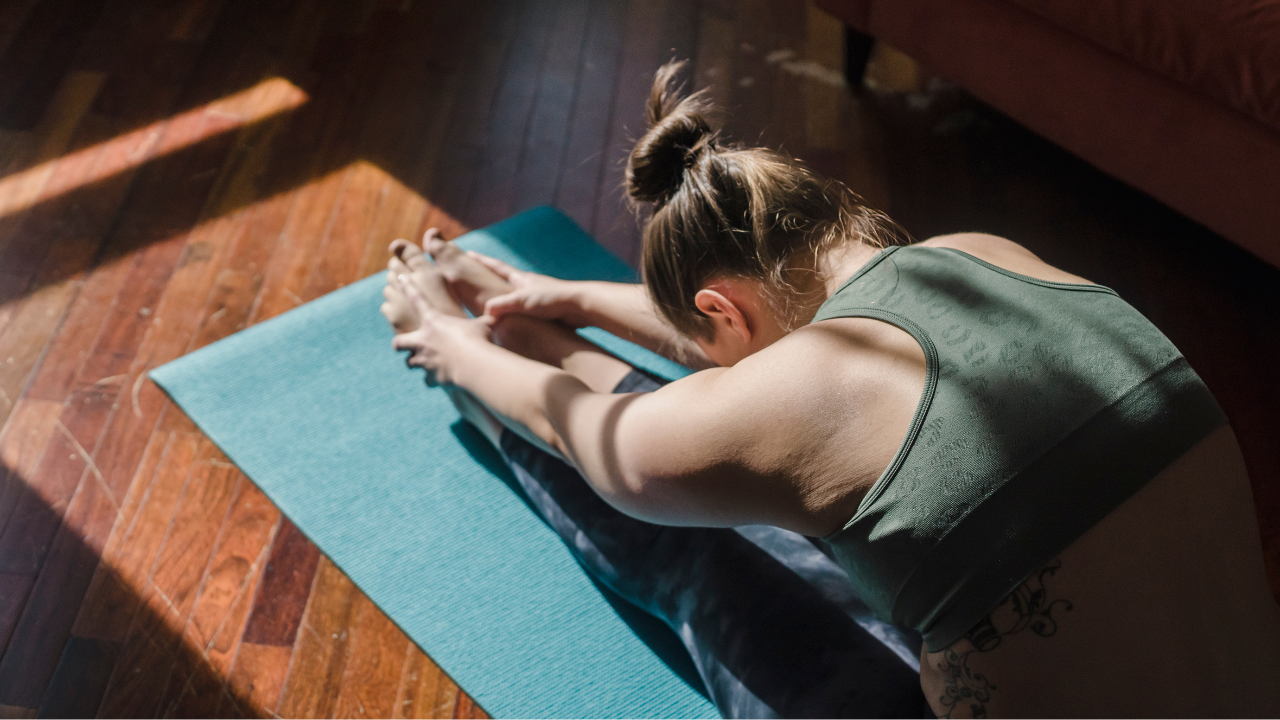
Breath Awareness and Control
Breath awareness and control, known as pranayama, are integral to Slow Flow Yoga. Practitioners are encouraged to focus on their breath, using it as an anchor to remain present. Techniques such as Ujjayi breath, or ocean breath, involve inhaling and exhaling through the nose with a slight constriction at the back of the throat. This creates a gentle hissing sound and helps to regulate the breath’s pace. Deep diaphragmatic breathing, or belly breathing, is another technique that promotes relaxation and oxygenates the body. Mastering breath awareness and control enhances the overall experience and effectiveness of Flow Yoga. Therefore, pranayama is a fundamental technique in this practice.
Foundational Poses
Several foundational poses are commonly practiced in Flow Yoga, each offering unique benefits and promoting mindfulness. Mountain Pose (Tadasana) is a standing posture that emphasizes alignment and grounding. Downward-Facing Dog (Adho Mukha Svanasana) is a versatile pose that stretches the spine, hamstrings, and shoulders. Child’s Pose (Balasana) is a restorative posture that provides a gentle stretch and encourages relaxation. Cat-Cow Pose (Marjaryasana-Bitilasana) involves fluid movements that increase spinal flexibility and stimulate the flow of energy. Incorporating these foundational poses into your practice sets the stage for a mindful and balanced Slow Flow Yoga experience. Therefore, understanding these poses is essential for building a solid foundation.
Tips for Getting Started
Embarking on a Flow Yoga journey requires preparation and mindfulness. Following practical tips ensures a smooth and enriching experience, helping you reap the full benefits of the practice. Therefore, exploring tips for getting started is essential for beginners and those new to Flow Yoga.
Creating a Comfortable Space
Creating a comfortable and serene space for your practice is crucial. Choose a quiet and clutter-free area where you can focus without distractions. Use a yoga mat or a soft surface to provide cushioning and support. Consider adding elements such as candles, soft lighting, and calming music to enhance the ambiance. A comfortable space helps you to immerse yourself fully in the practice, fostering mindfulness and relaxation. Therefore, setting up a conducive environment is the first step in getting started with Slow Flow Yoga.
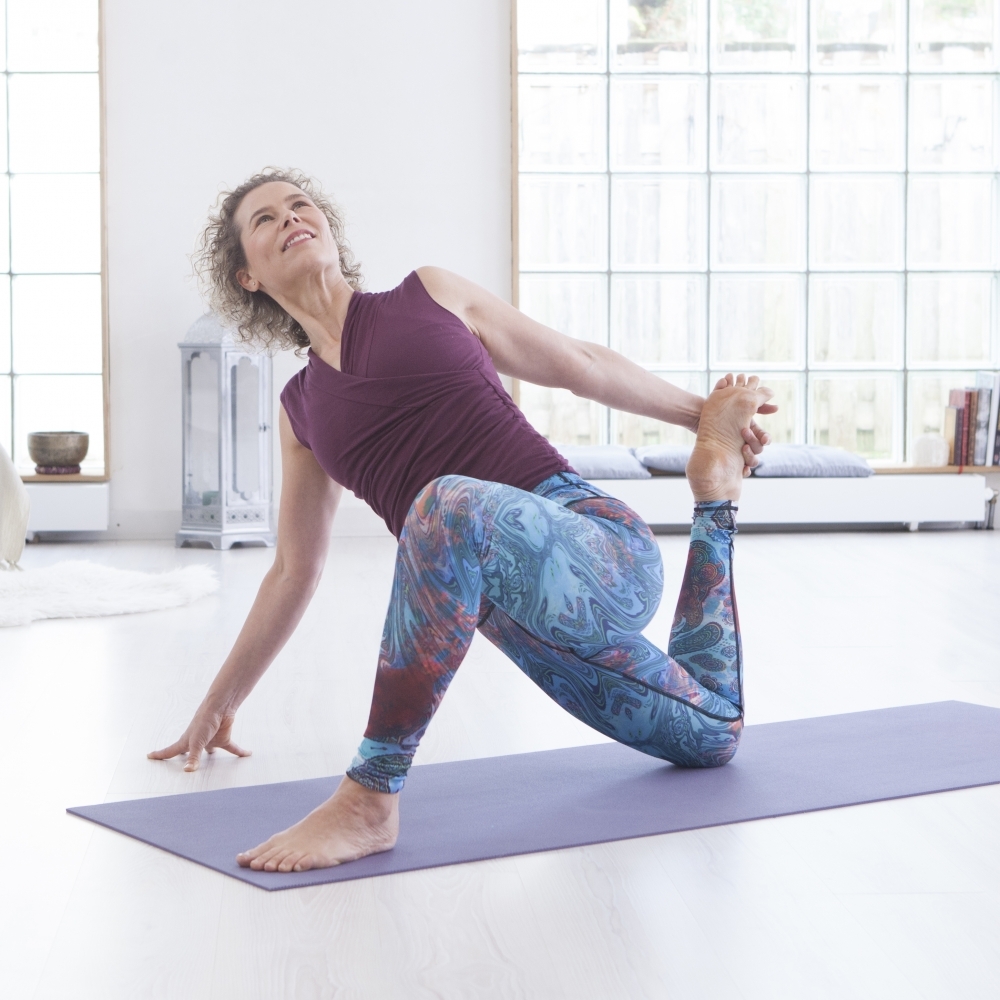
Listening to Your Body
Listening to your body and honoring its limitations is vital in Flow Yoga. The gentle nature of the practice allows you to move at your own pace and avoid pushing beyond your comfort zone. Pay attention to how each posture feels, and make adjustments as needed to prevent strain or discomfort. Using props such as yoga blocks, straps, and bolsters can provide additional support and modify poses to suit your needs. By listening to your body, you can practice safely and enjoy the benefits of Flow Yoga without risk of injury. Therefore, tuning into your body’s signals is crucial for a mindful practice.
Integrating Slow Flow Yoga into Daily Life
Incorporating Flow Yoga into your daily routine can profoundly impact your overall well-being. Consistent practice helps to cultivate mindfulness, enhance physical health, and manage stress. Therefore, exploring ways to integrate Flow Yoga into daily life is essential for long-term benefits.
Establishing a Routine
Establishing a regular yoga routine helps to build consistency and deepen your practice. Choose a time of day that works best for you, such as morning or evening, and commit to practicing for at least 15-30 minutes. Creating a routine ensures that you make time for self-care and mindfulness, even on busy days. Consistency enhances the cumulative benefits of Slow Flow Yoga, promoting overall physical and mental well-being. Therefore, establishing a routine is key to integrating yoga into daily life.
Practicing Mindfulness Throughout the Day
The mindfulness cultivated in Slow Flow Yoga can be extended to other aspects of daily life. Practice mindful breathing and presence during everyday activities, such as eating, walking, or working. Take brief pauses throughout the day to check in with yourself, focusing on your breath and sensations. Mindfulness helps to reduce stress, improve focus, and enhance your overall quality of life. By integrating mindfulness into your daily routine, you create a more balanced and harmonious lifestyle. Therefore, practicing mindfulness throughout the day complements your Slow Flow Yoga practice.
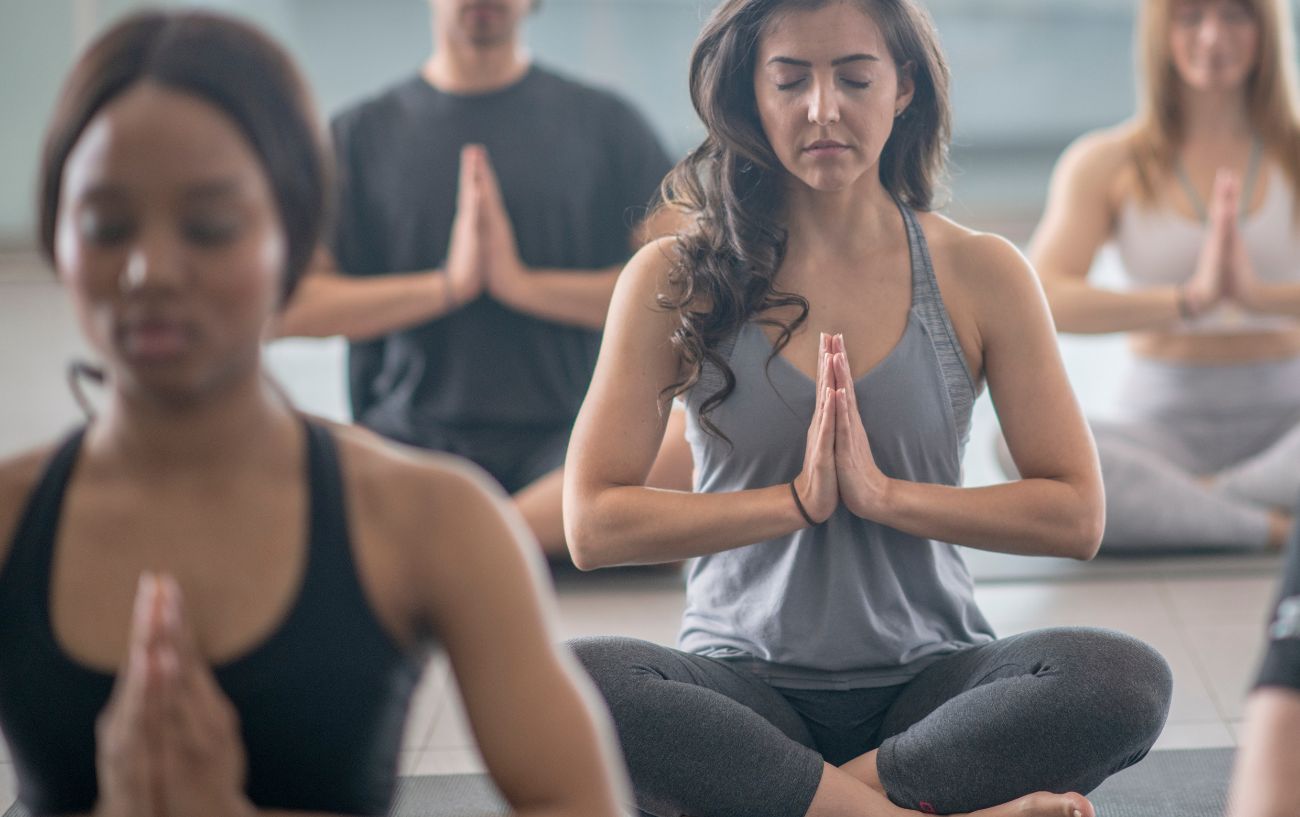
Conclusion: Embracing the Tranquility of Slow Flow Yoga
Slow Flow Yoga offers a gentle and mindful approach to enhancing physical and mental well-being. By understanding its essence, benefits, fundamental techniques, and tips for getting started, you can embark on a fulfilling journey of self-care and mindfulness.
The deliberate pace and extended holds in Flow Yoga foster flexibility, strength, and relaxation, making it accessible to individuals of all fitness levels. Emphasizing breath awareness and mindfulness further enriches the practice, creating a deeper connection between body and mind.
Incorporating Flow Yoga into your daily routine, establishing a consistent practice, and practicing mindfulness throughout the day can profoundly impact your overall quality of life. By embracing the tranquility of Flow Yoga, you cultivate a more balanced, peaceful, and mindful existence.
Therefore, embrace the journey of Flow Yoga and experience the transformative benefits of this gentle practice. Happy practicing!
